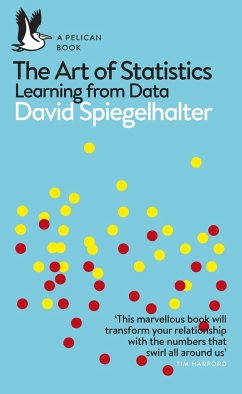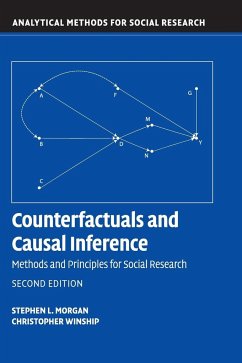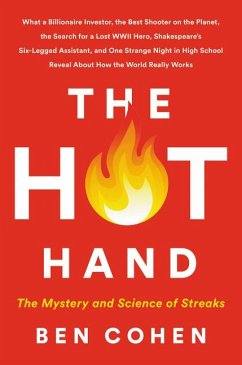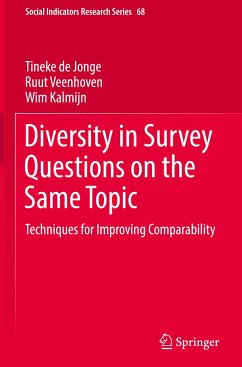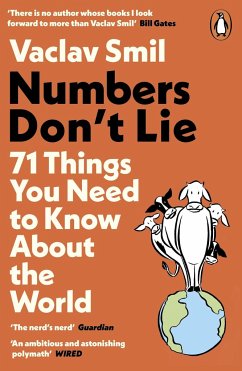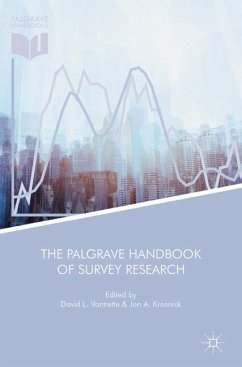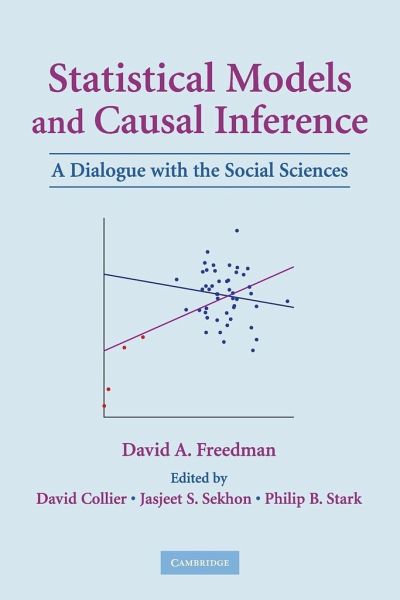
Statistical Models and Causal Inference
Versandkostenfrei!
Versandfertig in 1-2 Wochen
43,99 €
inkl. MwSt.
Weitere Ausgaben:

PAYBACK Punkte
22 °P sammeln!
David A. Freedman presents here a definitive synthesis of his views on the foundations and limitations of statistical modeling in the social sciences, He maintains that many new technical approaches to statistical modeling constitute not progress, but regress, and he shows why these methods are not reliable.






